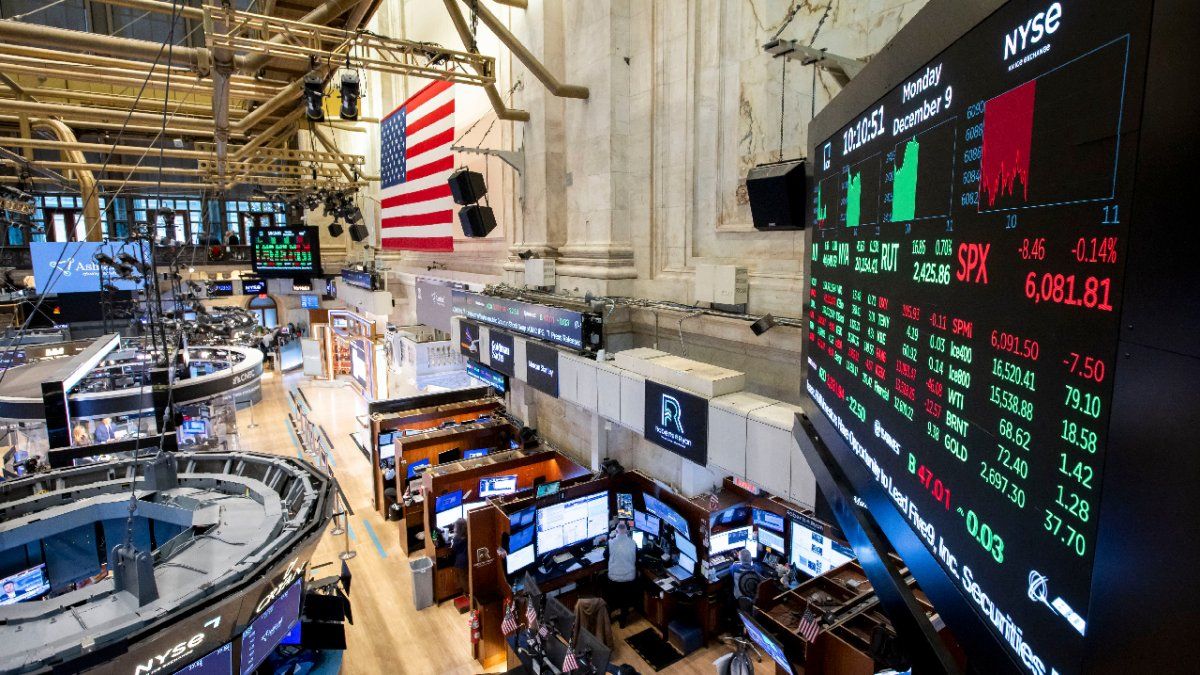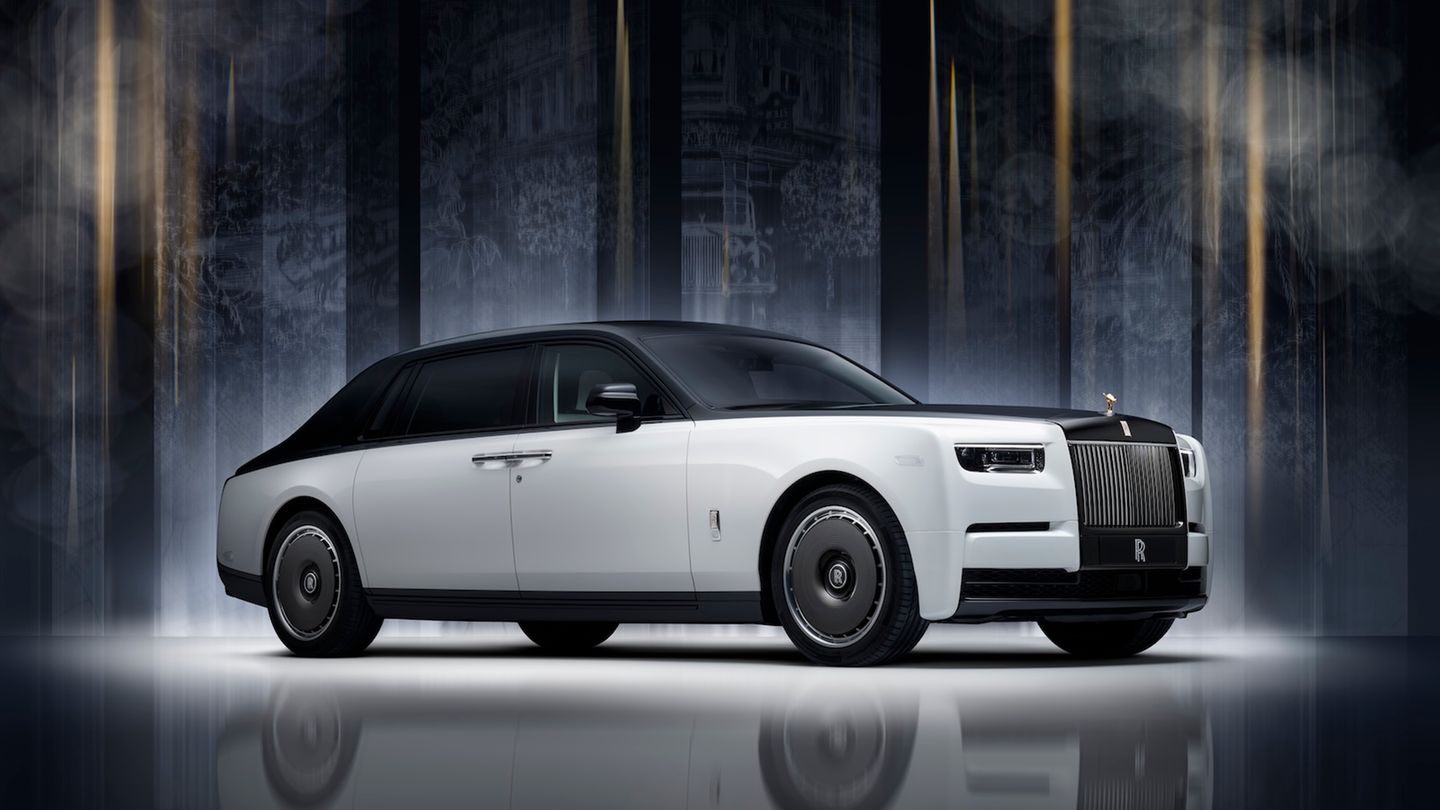There was a new round in the Tariff fight undertaken by the president of USA, Donald Trumpin a month that historically is the worst for actions. However, some signals and data predict that the market looks stronger than it seems. In this sense, one of the latest data conspired against pessimistic or cautious forecasts is the strong wave of shale repurchase. Why is this signal relevant? Because companies do not invest money in repurchase actions unless they consider that their shares are undervalued or, at least, that they suppose a better use of capital than having them in the bank, he explains Frank Holmes of US Global Investors (USGI). Only last July, American companies announced a record figure of US $ 19,000 million in shares of shares. This is the largest amount recorded in a month of July, more than double the previous record established in 2006. So far this year, Repurning ads amount to almost US $ 926 billionwhich far exceeds the previous record. Who leads the initiative? Financial and technological giants, with abundant liquidity and optimistic that the market will reward them in the long term.
It is worth remembering that the Previous record for July was US $ 88,000 million in 2006according to data collected by the consultant Birinyi Associates. As for the balance of 2025, the data of Birinyi, announced repurchases suppose a Difference of US $ 108,000 million with respect to the previous record, established in 2022. “US companies remain one of the largest buyers of US shares and, from their actions, continue to trust their businesses, despite the disturbing headlines about tariffs,” he wrote Jeffrey Yale Rubin, president of Birinyi Associatesin a note, according to Jess Menton of the Bloomberg agency
The repurchases offer a crucial support pillar for the US stock market, with the index S&P 500 recovering to historical maximums last month after the suspension of Trump administration tariffs. The solid portfolio of planned shares repurchase programs evidences the growing confidence of corporate executives.
Chin He points out that corporate purchases mark a rapid change in attitude since, last March, US companies announced the least amount of shares of shares, in dollars, From the pandemic of the Coronavirus. At that time, a cash hoard signal was considered due to concern for the economic growth and the impact of a global commercial war.
Now, some could point out that repurchases reached their maximum point earlier this year. It’s true. They have dropped slightly from the maximums of the first quarter, But they still remain at a historically high level, and that is relevant to analysts.
But there are other signs that the strategists of USGI They stand out with view of what comes in the market. For example, the return of the initial public offers of shares (IPO). After a few years of calm, the engine of the Ipo seems to be roaring againbeing a good sign of investors’ demand. Until last week, they point out from USGI, they have seen 204 IPO so far from 2025, a increase of more than 80% over the same period last year. Better yet, the quality of the IPO is improving, they warn, unlike the 2021 SPAC frenzy, the current IPOs are based on growth and profitability, they explain.
Only in the second quarter U15,000 million raised in 59 opi, an increase of 34% with respect to the first quarter. With a more heterogeneous opi activity, the United States clearly leads the list. That is why Usgi wonders, if the markets were really on the verge of collapse, would this investment appetite be seen for new actions, would they go to multimillionary startups?
There is another factor that signs it optimism and is linked to what is making the so -called “intelligent money” (smart money). Both retail and institutional investors are investing in ETF funds. ETF assets Americans approached the US $12 billion last monthwith US $ 116,000 million in tickets. The active ETFs generated a record of US $ 44.8 billion in Julythe highest figure ever registered. This indicates that more and more investors seek specific exposure and actively managed to key issues, whether defense, gold, energy or artificial intelligence, says USGI. In fact, active ETFs now represent almost 10% of the entire ETF market, compared to less than 1% just 15 years ago, according to Morningstar.
And speaking of winds against, the tariffs that have returned emerge, and are not insignificant. The average effective tariff rate in The US has reached 18.3%, its highest level from the great depression. This is already affecting prices: economists estimate an increase in 1.8% on consumer prices and a potential impact of $ 2,400 annually for average homeaccording to him Yale Budget Laboratory. Here the issue seems to be: markets adapt, companies change their supply chains, and consumers seek substitutes. Therefore, analysts are committed to tariffs generating friction, but without having fatal consequences. In fact, some sectors could benefit from relocation and industrial reinvestment. But today that is very green, it remains to be seen.
In relation to the seasonality of markets, it is worth noting that August and September are historically volatile months for variable income. The Average profitability tend to be lower, and the lowest liquidity during the summer (boreal) implies that volatility can be shot at any negative news. But the question that every long -term investor should be done is: even if he knew that the market will fall 10% next month, would you sell today? Keep in mind that S&P 500 rose 26% in 2023 and another 25% in 2024. It has risen between 8% and 9% so far from 2025. This is how long -term capitalization is seen. “Trying to avoid each fall and setback is a useless task. Maintaining investment and discipline is better than predicting the market almost always,” they advise from USGI
Source: Ambito




